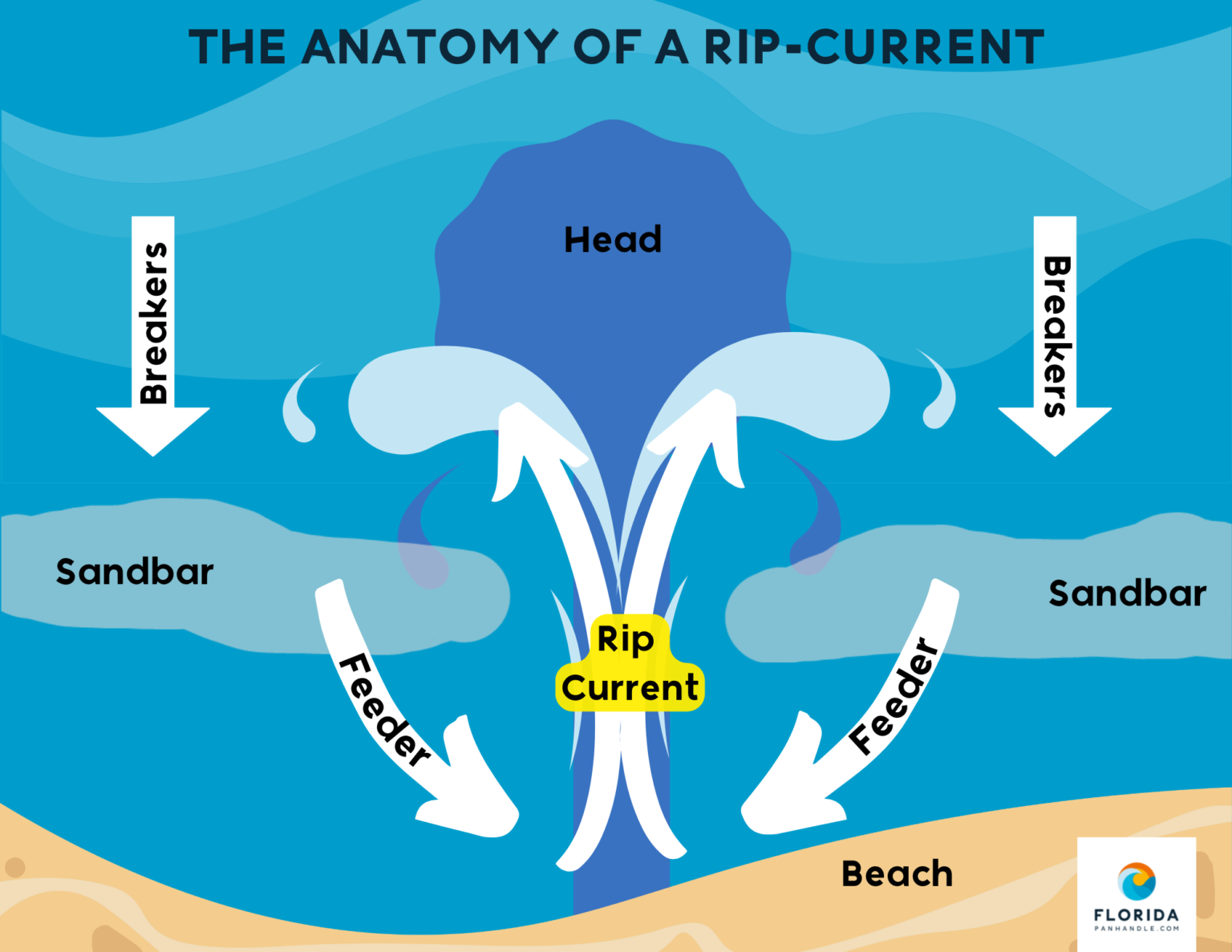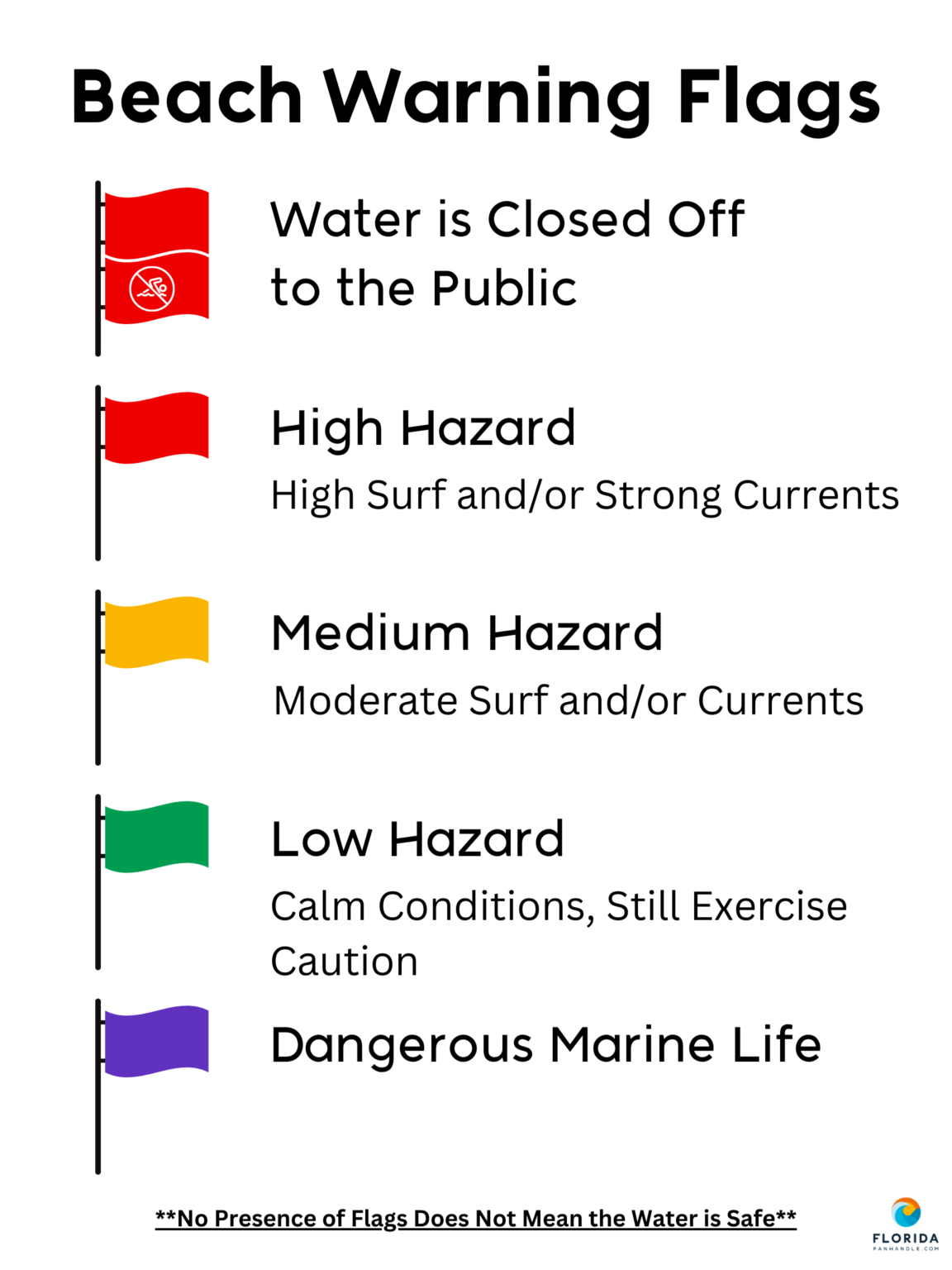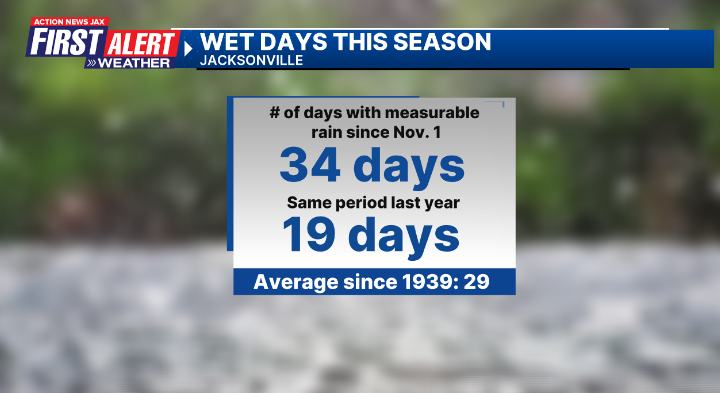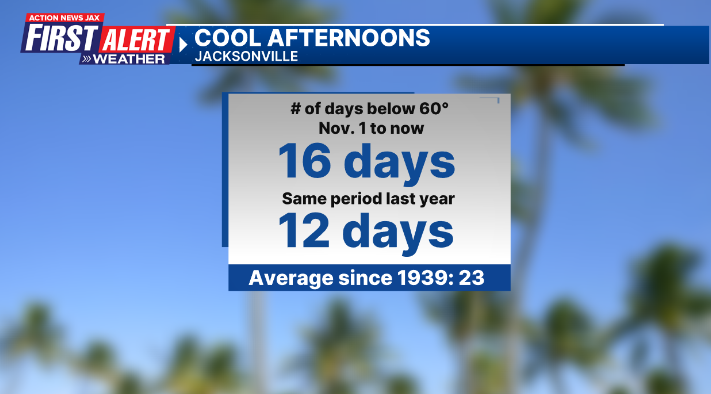JACKSONVILLE, Fla. — The “Buresh Blog” will take a break through the first week of March with the next updated post the week of March 11th.
Become a part of the First Alert Weather Neighborhood Network powered by Tempest:
:quality(70)/cloudfront-us-east-1.images.arcpublishing.com/cmg/Y77Y5DTEBJDKDM7252Y7QRYVQQ.png)
The First Alert weather team has been fielding a lot of questions about our “chilly” winter. Upon examination of a number of stats, it would appear that it’s probably the wet winter that has made if feel so cool. There have been only 6 official freezes at JIA - well below the seasonal average of 12-15. But since Nov. 1 there have been 34 wet days which is far above the 19 wet days a year ago & above the average of 29 wet days. Afternoon highs since Nov. 1 below 60 degrees F have occurred 16 times which is more than last year’s 12 days but still below the average of 23 days.
Turning the calendar to March... averages at JIA (reminder we “spring forward” Sunday, March 10th):
March will be a busy month for spring “breakers” which means an uptick on visits to our beautiful beaches. But remember the silent killer at our coast - rip currents. Never swim or surf alone & realize there are fewer lifeguards this time of year.




March night skies (Sky & Telescope):
Mar. 3 (morning): The last-quarter Moon and Antares rise in tandem in the southeast. The Moon occults (covers) the star for parts of the southern U.S.
Mar. 10: Daylight-saving time starts at 2 a.m. for most of the U.S. and Canada.
Mar. 13 (dusk): High in the west, the waxing crescent Moon gleams 2½° to Jupiter’s upper right.
Mar. 14 (evening): The Moon in Taurus, two days shy of first quarter, is 1½° below the Pleiades star cluster.
Mar. 18 (dusk): The waxing gibbous Moon is in Gemini, less than 3° lower right of Pollux.
Mar. 19: Spring begins in the Northern Hemisphere at the equinox, 11:06 p.m. EDT (8:06 p.m. PDT).
Mar. 21 (evening): The growing Moon shines 3½° above Regulus, Leo’s brightest star.
Mar. 25: A penumbral lunar eclipse will be visible across most of the Americas. Mid-eclipse is 3:13 a.m. EDT (12:13 a.m. PDT). Look for dusky shading on the Moon’s lower half.
Mar. 26 (evening): Look toward the east-southeast to see the Moon, one day past full, following Spica as they climb above the horizon. Some 3° separates the pair.
Mar. 30 (morning): The waning gibbous Moon leads Antares by about 3½° as they rise above southeastern horizon.
Moon Phases
Last Quarter March 10 5:00 a.m. EST
New Moon March 10 5:00 a.m. EDT
First Quarter March 17 12:11 a.m. EDT
Full Moon March 25 3:00 a.m. EDT (Worm Moon)
:quality(70)/cloudfront-us-east-1.images.arcpublishing.com/cmg/4BY52YP3URHB3CBG6342FEUNGQ.jpg)



:quality(70)/d1hfln2sfez66z.cloudfront.net/10-30-2024/t_96f5c4f8145b481cbd3b05c492b5e5c2_name_file_960x540_1200_v3_1_.jpg)
:quality(70)/cloudfront-us-east-1.images.arcpublishing.com/cmg/6Y2SYICKQFGCDDQFRDNFRPLYEM.jpg)
:quality(70)/d1hfln2sfez66z.cloudfront.net/10-31-2024/t_62a37f939b3546eda3668cefb692ca57_name_file_960x540_1200_v3_1_.jpg)
:quality(70)/d1hfln2sfez66z.cloudfront.net/10-31-2024/t_0bbe782cd9484b4280d318d45d1455ea_name_file_960x540_1200_v3_1_.jpg)
:quality(70)/cloudfront-us-east-1.images.arcpublishing.com/cmg/OA5VFVKXALI3DDBN7YA7WH6CTE.jpg)